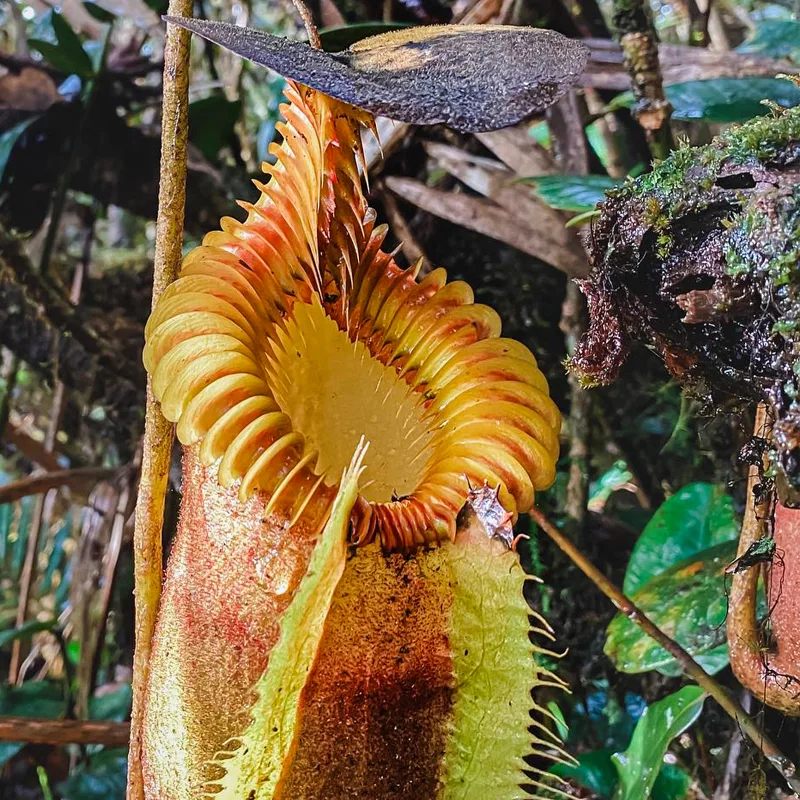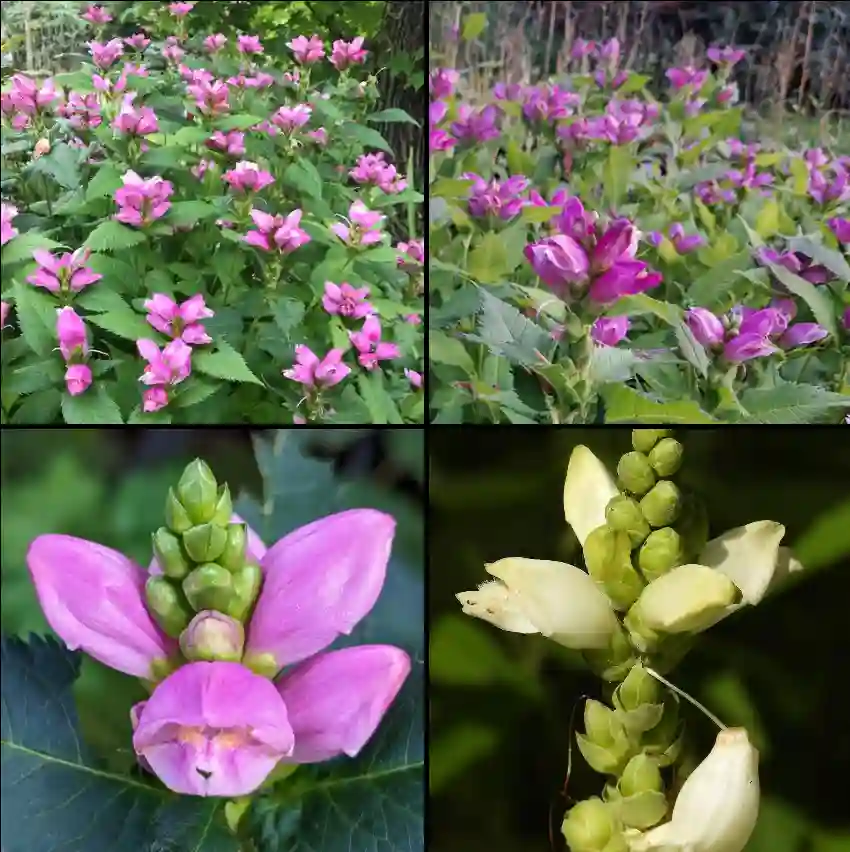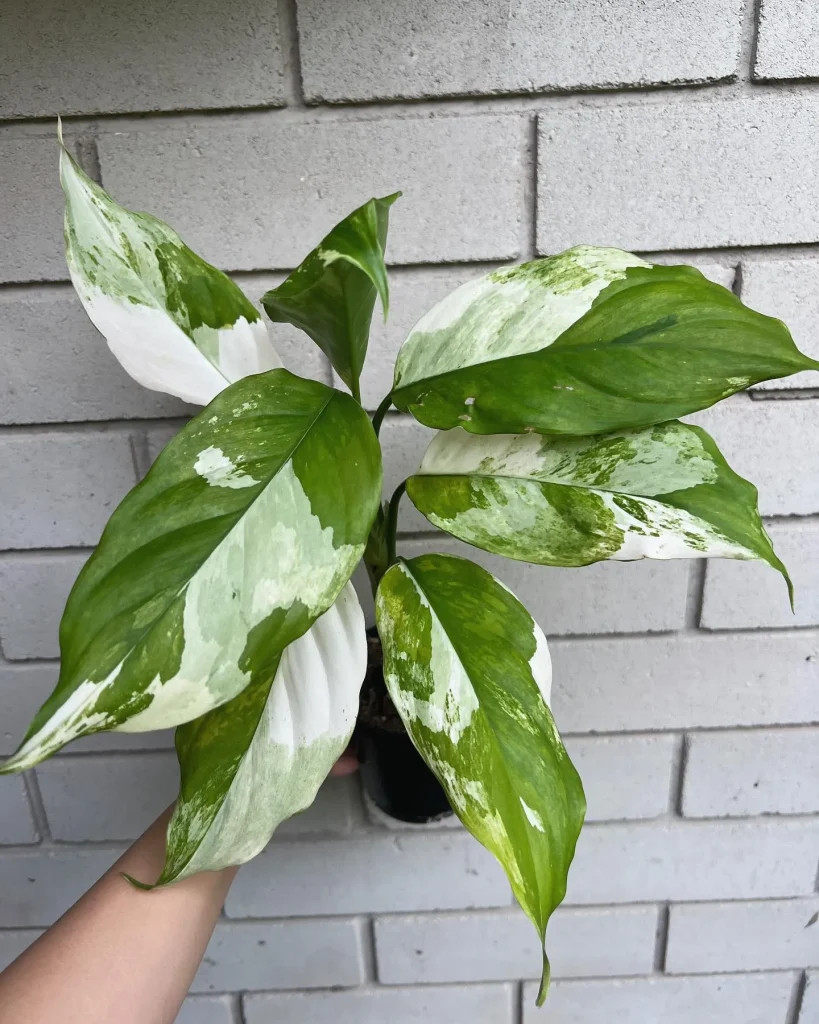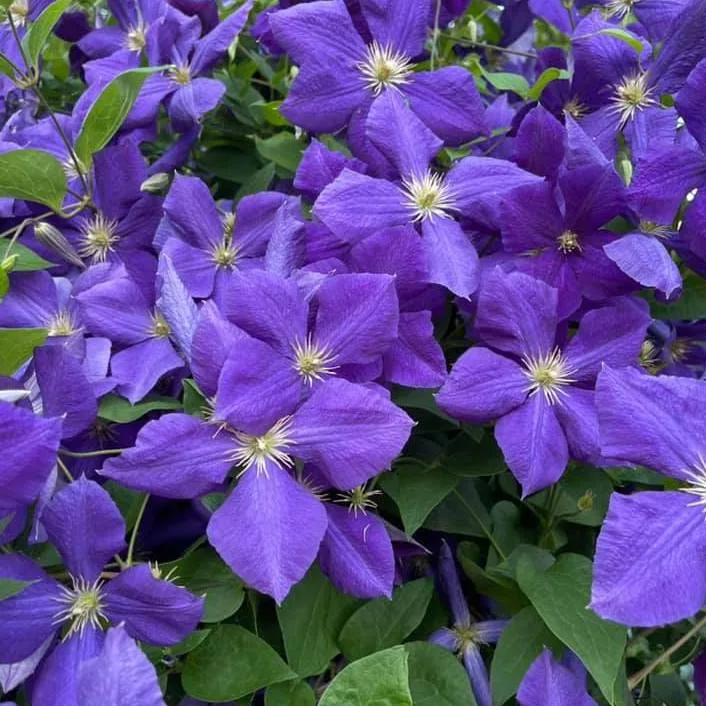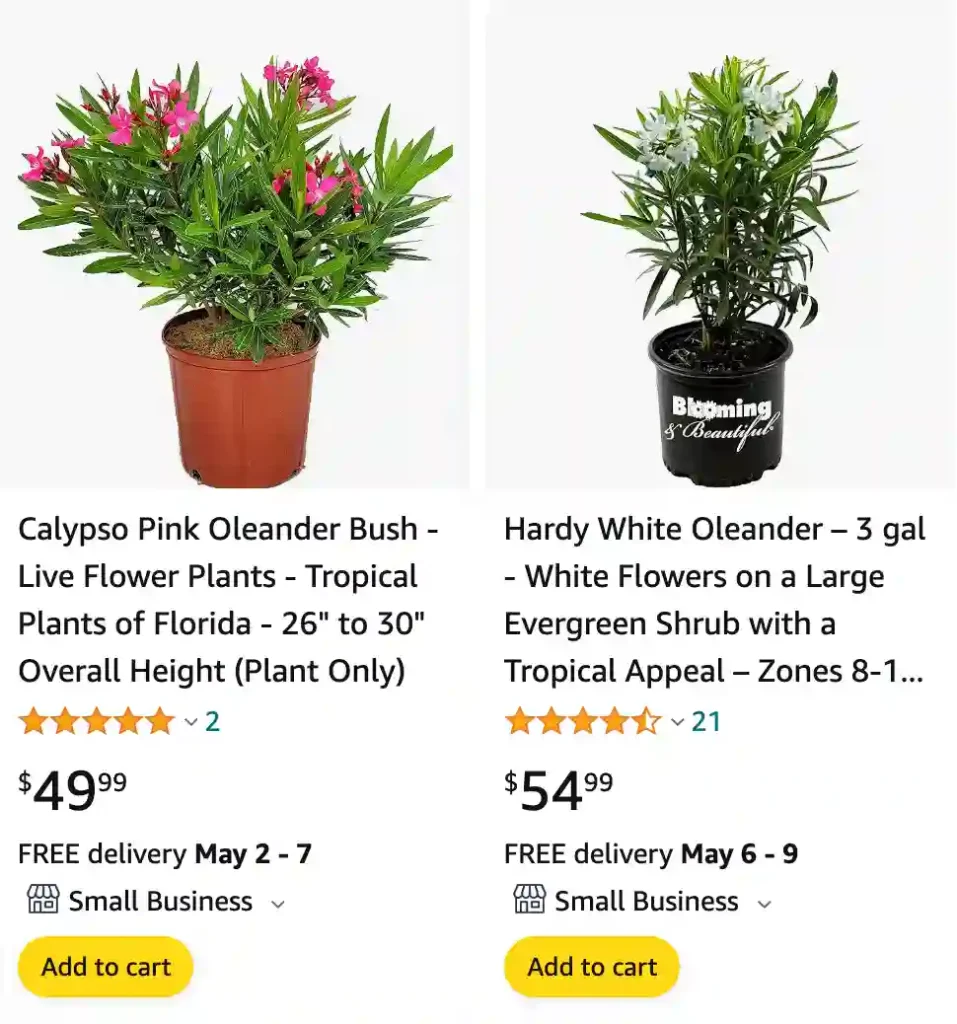
What is oleander?
Oleander is a breathtakingly beautiful yet dangerously toxic plant that I encountered growing in my grandmother’s garden when I was a child. Its vibrant pink flowers always mesmerized me, and I remember spending hours playing around them. However, I later learned about its toxicity through a rather scary incident when my cousin accidentally ingested a small part of the plant. It was a terrifying experience, and it made me realize the importance of being cautious around seemingly innocent flora. Despite its dangers, oleander remains a nostalgic part of my childhood memories, albeit one that I now approach with caution and respect.
Is oleander poisonous?
Yes, oleander is indeed poisonous. I learned this firsthand when my cousin accidentally ingested a small part of the plant while playing in my grandmother’s garden. It was a frightening experience as we rushed to get medical help. Thankfully, he recovered, but it was a stark reminder of the dangers posed by seemingly harmless plants. Since then, I’ve been much more cautious around oleander and other toxic plants, ensuring that everyone, especially children, understands the potential risks associated with them.
How much oleander is deadly?
Determining how much oleander is deadly can be quite tricky and varies depending on factors like a person’s age, weight, and overall health. From what I’ve learned, even a small amount of oleander can be lethal if ingested. The plant contains potent toxins called cardiac glycosides, which can disrupt the normal functioning of the heart and other vital organs. It’s why any ingestion of oleander, no matter how small, should be treated as a medical emergency. My family’s experience with my cousin taught me to take the toxicity of oleander seriously and to always seek immediate medical attention if there’s any suspicion of ingestion.
Is oleander poisonous to dogs?
Yes, oleander is toxic to dogs. This is something I learned firsthand when my neighbor’s dog, unfortunately, ingested a part of an oleander plant that had grown over the fence into our yard. It was a frightening experience as we rushed the dog to the veterinarian for treatment. Thankfully, the dog recovered, but it was a stark reminder of the dangers posed by oleander to our furry friends. Since then, I’ve been vigilant about keeping oleander and other toxic plants out of reach of pets and ensuring that my neighbors are aware of the risks.
How to make oleanders grow faster?
From my experience, there are a few tips for encouraging oleanders to grow faster. First and foremost, ensuring they have the right conditions is crucial. Oleanders thrive in full sunlight and well-drained soil, so providing them with plenty of sunlight and a soil mix that drains well can help promote faster growth. Additionally, regular watering during the growing season, particularly during dry spells, is important to keep the soil consistently moist but not waterlogged. Fertilizing with a balanced fertilizer formulated for flowering plants can also provide the nutrients oleanders need to grow vigorously. Finally, pruning can help stimulate new growth and shape the plant, so pruning back dead or overgrown branches can encourage faster growth and a healthier plant overall.
What does oleander look like?
Oleander is a striking shrub with dark green, leathery leaves that are arranged in whorls along the stems. The plant can grow quite tall, reaching heights of up to 20 feet in some cases, though it can also be pruned to maintain a more manageable size. One of the most distinctive features of oleander is its vibrant, funnel-shaped flowers, which come in shades of pink, red, white, or yellow, depending on the variety. These flowers typically bloom in clusters throughout the spring and summer, adding a splash of color to gardens and landscapes. Overall, oleander has an elegant and tropical appearance, making it a popular choice for landscaping in warm climates.
Where do oleanders grow?
Oleanders are native to a region spanning from the Mediterranean to Southwest Asia, where they thrive in warm, subtropical climates. However, they have been widely cultivated and naturalized in many other parts of the world with similar climates, including regions of North and South America, Africa, and Australia. In these areas, oleanders are commonly grown as ornamental plants in gardens, parks, and along roadsides due to their ability to tolerate a wide range of soil types and their resistance to drought and salt spray. Personally, I’ve seen oleanders flourishing in various landscapes, from coastal regions to arid inland areas, showcasing their adaptability to different environments within their preferred climate range.
Where to buy oleander?
Oleanders can typically be found for sale at nurseries, garden centers, and online plant retailers. When looking to purchase oleanders, it’s important to ensure that you’re buying from a reputable source that offers healthy plants. Personally, I’ve had success finding oleanders at local nurseries, where I could inspect the plants firsthand and receive advice from knowledgeable staff about caring for them. Online retailers also offer a wide selection of oleander varieties and can be convenient if you’re unable to find them locally. However, regardless of where you choose to buy oleanders, it’s essential to research the specific variety you’re interested in and make sure it’s suitable for your climate and growing conditions.
Will vinegar kill oleander?
Vinegar can be effective in killing plants, including oleander, but its efficacy depends on several factors. From what I’ve learned, vinegar contains acetic acid, which acts as a desiccant, drying out and damaging plant tissues. However, its effectiveness as a herbicide can vary depending on factors such as the concentration of acetic acid, the size and age of the plant, and the time of application. While vinegar may kill small or young oleander plants, it may not be as effective on larger or more established ones, as their extensive root systems can make them more resilient. Additionally, vinegar can also harm surrounding vegetation if not applied carefully. Overall, while vinegar may be an option for controlling oleander in certain situations, it’s important to consider its limitations and potential impact on the environment.
If i die, water my plants!
